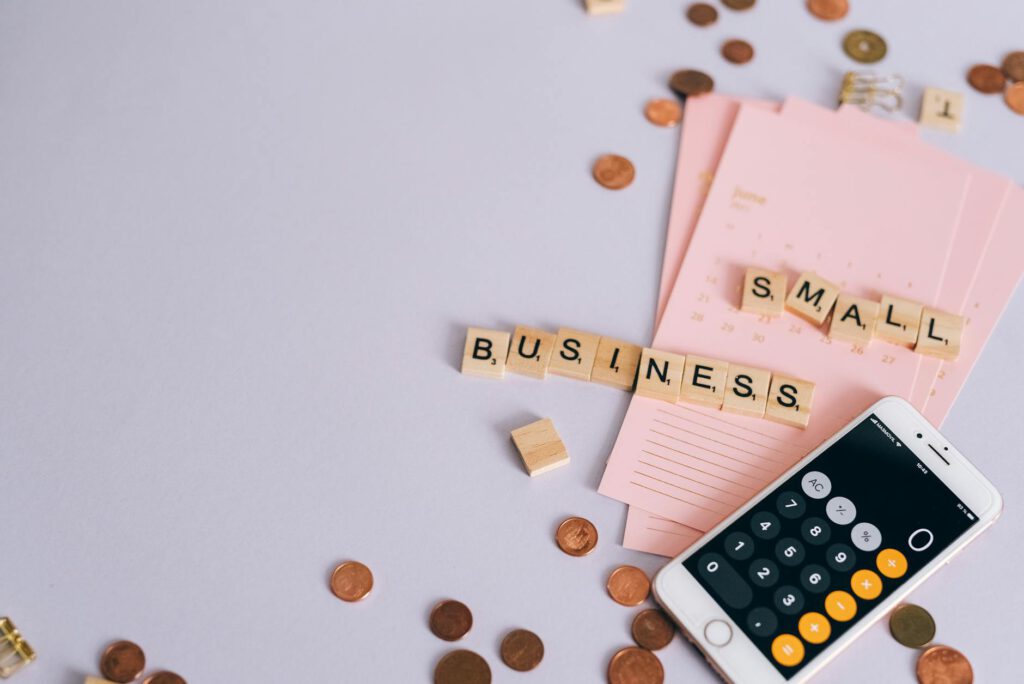Introduction
Food waste is a pressing issue for small cafes, not just for environmental reasons but also for financial sustainability. The National Restaurant Association estimates that restaurants waste 4%–10% of purchased food before it even reaches the customer. For small cafes operating on tight margins, this waste represents lost revenue.
But what if food waste could be transformed into a revenue stream? With creativity and minimal investment, cafes can repurpose surplus ingredients, reduce disposal costs, and even attract eco-conscious customers. Here are five low-cost strategies to turn food waste into profit.
Main Idea: Monetizing Food Waste
Instead of viewing food scraps and surplus as trash, cafes can adopt circular economy principles—repurposing waste into sellable products, reducing costs, and enhancing brand reputation. These strategies not only cut expenses but also open new revenue channels while appealing to sustainability-minded patrons.
1. Upcycle Leftovers into New Menu Items
Detail/Example:
Many ingredients can be creatively reused. Stale bread becomes croutons or bread pudding, overripe fruit turns into smoothies or jam, and vegetable trimmings can be blended into soups or sauces.
Steps/Strategies:
– Audit Waste: Track what’s being discarded daily (e.g., ends of vegetables, day-old pastries).
– Develop Recipes: Design 2–3 special dishes using surplus ingredients (e.g., “Chef’s Surprise Soup” made from trimmed veggies).
– Market Smartly: Highlight these items as “sustainable specials” on menus or social media to attract eco-conscious diners.
Tools/Tips:
– Use free apps like Too Good To Go to sell surplus meals at a discount.
– Train staff to separate usable scraps for repurposing.
2. Sell Compost or Partner with Local Farms
Detail/Example:
Food scraps like coffee grounds, eggshells, and vegetable peels can be composted and sold to gardeners or local farms. Some cafes even partner with urban farms for mutual benefit—supplying compost in exchange for fresh produce.
Steps/Strategies:
– Start Small: Use a countertop compost bin for coffee grounds and veggie scraps.
– Find Buyers: List compost on platforms like ShareWaste or approach community gardens.
– Collaborate: Offer free compost to nearby farms in exchange for promotional partnerships (e.g., “Locally sourced ingredients grown with our compost!”).
Tools/Tips:
– A $50 compost tumbler speeds up decomposition.
– Label compost bags with your cafe’s logo for brand visibility.
3. Create DIY Kits or Pantry Staples
Detail/Example:
Turn surplus into packaged goods. Leftover herbs can be dried into seasoning blends, fruit peels infused into syrups, or coffee grounds upcycled into body scrubs.
Steps/Strategies:
– Test Recipes: Start with simple items like citrus-infused vinegar or herb salts.
– Package Professionally: Use mason jars or biodegradable bags with branded labels.
– Sell Online/In-Store: Offer these as add-ons at checkout or via local markets.
Tools/Tips:
– Use Canva to design labels affordably.
– Promote kits as “zero-waste” products on Instagram with behind-the-scenes videos.
4. Host “Waste-Free” Workshops or Events
Detail/Example:
Educate customers while monetizing waste. Offer workshops like “DIY Composting 101” or “Cooking with Scraps,” charging a small fee.
Steps/Strategies:
– Pick a Theme: Focus on skills like fermenting, pickling, or baking with leftovers.
– Bundle Offers: Include a take-home kit (e.g., a jar of pickled veggies) with ticket sales.
– Collaborate: Partner with local sustainability influencers to boost attendance.
Tools/Tips:
– Use Eventbrite for ticketing and promotions.
– Record sessions to sell as digital courses later.
5. Donate for Tax Benefits or CSR Credibility
Detail/Example:
While not direct revenue, donating edible surplus to food banks can yield tax deductions and enhance community standing.
Steps/Strategies:
– Partner with Orgs: Connect with Food Rescue US or local shelters.
– Document Donations: Keep receipts for tax write-offs.
– Publicize Efforts: Share donations on social media to strengthen brand loyalty.
Tools/Tips:
– Apps like Olio connect businesses with food donors.
– Highlight donations in your annual CSR report.
FAQs
Q: How much can a cafe realistically save by repurposing waste?
A: Cafes can cut food costs by 5%–15% and reduce waste disposal fees by up to 30%, depending on volume.
Q: Won’t upcycling require extra staff time?
A: Start with one or two easy initiatives (e.g., composting coffee grounds) and scale gradually. Many steps, like blending surplus into soups, take minutes.
Q: Are there health regulations for selling upcycled foods?
A: Yes. Check local health codes for packaged goods, but repurposing ingredients in-house (e.g., soups) typically follows standard food safety rules.
Conclusion
Food waste doesn’t have to be a loss. By adopting these low-cost strategies—from upcycled menu items to compost sales—small cafes can unlock new revenue, reduce costs, and appeal to a growing base of eco-aware customers. Start with one idea, measure its impact, and expand from there. Sustainability isn’t just good for the planet; it’s a smart business move.
By turning waste into worth, your cafe can lead the shift toward a greener, more profitable future.

